Mastering Component Search Engines: A Comprehensive Guide
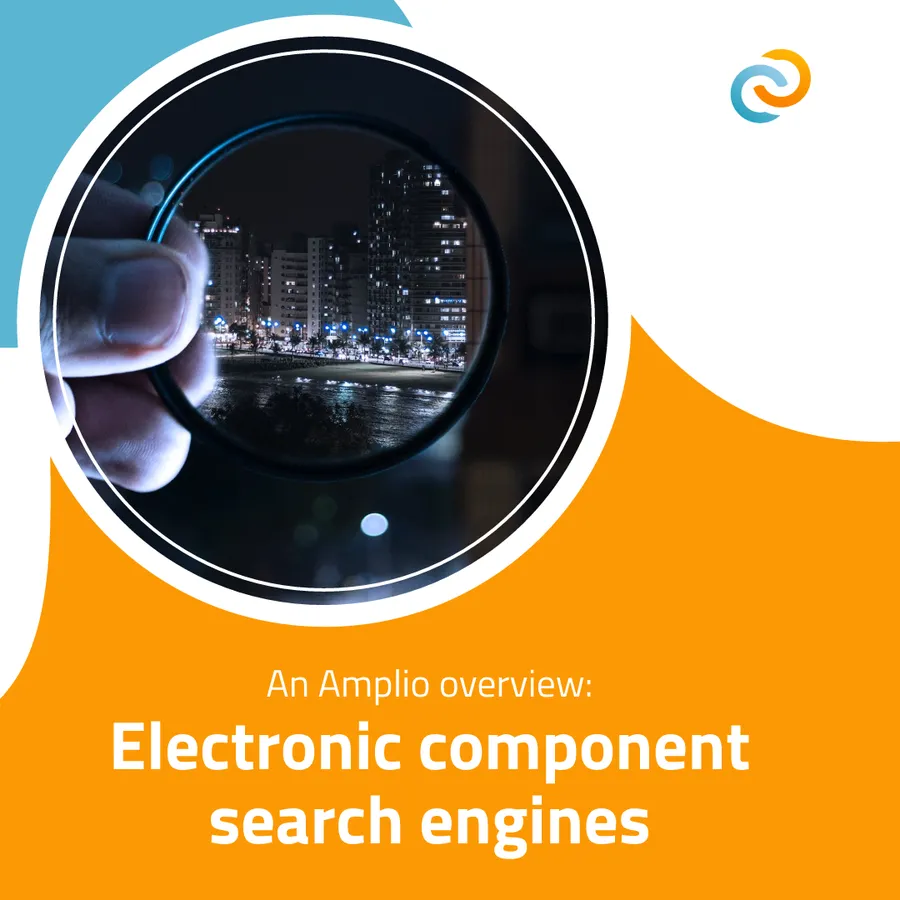
In today's fast-paced tech landscape, the ability to quickly locate and source electronic components is essential. Just as search engines revolutionized information access, [components search engine] tools streamline the process for engineers, designers, and makers. This guide delves into the intricacies of these platforms, providing a comprehensive overview to enhance your workflow and accelerate your projects.
Understanding the Core Functionality of a Component Search Engine

Component search engines are specialized platforms designed to facilitate the efficient discovery of electronic parts. At their core, these engines function by systematically indexing vast amounts of component data, enabling users to filter results based on precise specifications, and providing up-to-the-minute pricing and availability from various distributors. This complex process significantly streamlines the component selection workflow for engineers, designers, and procurement specialists.
The primary functions of a component search engine are threefold:
- Indexing Component Data
The search engine continuously gathers and organizes information from manufacturers, distributors, and other sources, creating a comprehensive database. This includes technical specifications, datasheets, pricing, availability, and compliance information. - Filtering by Specifications
Users can utilize parametric search filters to refine results based on numerous criteria such as voltage, current, resistance, capacitance, package type, and manufacturer. This parametric search capability is pivotal in efficiently identifying suitable components that meet specific technical requirements. - Providing Real-Time Pricing and Availability
The search engine displays the latest pricing and availability information from authorized distributors, ensuring users have access to current market data and can make well-informed procurement decisions. This dynamic data is critical for project planning and supply chain management.
These core functions collectively empower users to navigate the complex landscape of electronic components, significantly reducing the time and effort required to find the right parts for their designs and projects.
Key Features to Look for in a Component Search Platform
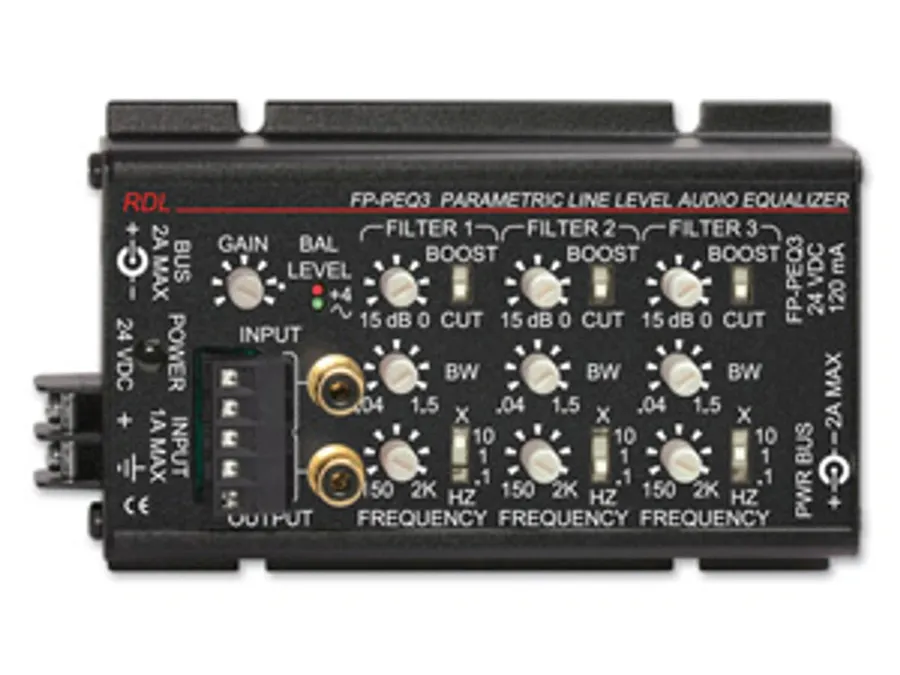
Selecting an appropriate component search engine hinges on its feature set. A robust platform should provide more than just basic keyword searching; it should facilitate precise component identification, streamline the design process, and ensure access to critical data. This section outlines the essential capabilities that engineers should prioritize when evaluating a component search engine.
- Parametric Search
This is a fundamental feature, allowing users to filter components based on specific technical parameters such as voltage, current, resistance, capacitance, frequency, package type, and temperature ratings. Effective parametric search enables quick and precise narrowing of results, saving significant design time. For example, an engineer can search for capacitors that meet specific capacitance, voltage, and tolerance requirements. - Cross-Referencing
The platform should allow for easy cross-referencing of parts. This includes finding equivalent components or alternative parts from different manufacturers. This feature is crucial for mitigating supply chain risks and identifying suitable replacements when parts are unavailable. For instance, if a specific part is out of stock, this functionality helps locate functional equivalents. - Datasheet Access
Direct access to component datasheets is non-negotiable. The search engine should link to manufacturer-provided datasheets, ensuring that engineers have all the necessary technical specifications and performance data. This helps confirm whether a component meets the design requirements, before purchase. Datasheets contain critical information regarding operating conditions, environmental limits, and performance graphs. - CAD Model Downloads
The ability to download CAD models, including PCB footprints, schematic symbols, and 3D models, is essential for efficient PCB design. Having these resources directly available eliminates the need for manual model creation, saving considerable time. The availability of these models in various formats (e.g., STEP, KiCad, Eagle) allows them to be integrated into a wide range of design tools. - API Integration
An Application Programming Interface (API) facilitates seamless integration of the search platform with other engineering tools and systems. API capabilities enable automation of component selection, BOM (Bill of Materials) management, and inventory tracking. This integration enhances productivity, reduces manual errors and accelerates development lifecycles. - Real-Time Inventory & Pricing
Access to up-to-date inventory levels and pricing from authorized distributors is crucial. It aids in preventing the use of obsolete or difficult-to-obtain components. This helps in planning production accurately, especially during times of supply chain volatility. Additionally, transparent pricing allows for cost optimization and budget forecasting.
Top Component Search Engines: A Comparative Analysis
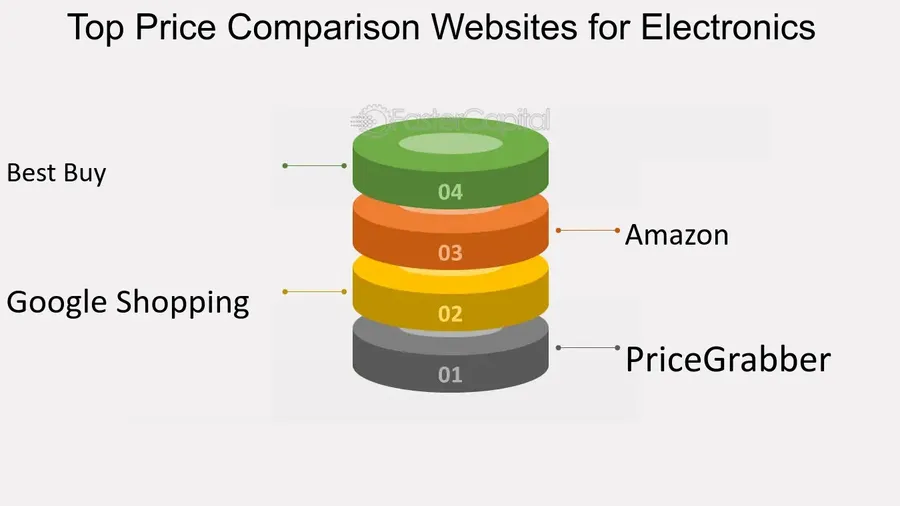
Selecting the right component search engine is crucial for efficient electronic design and procurement. This section provides a comparative analysis of leading platforms, including Octopart, Findchips, ComponentSearch, and TrustedParts, examining their strengths, weaknesses, and unique capabilities to guide users in making informed choices.
| Feature | Octopart | Findchips | ComponentSearch | TrustedParts |
|---|---|---|---|---|
| Parametric Search | Robust, extensive filters | Good, but fewer options | Solid, user-friendly | Comprehensive with authorized sources |
| Real-time Pricing & Availability | Excellent, comprehensive data | Good, but can lag slightly | Generally accurate | Focus on authorized distributor pricing |
| Datasheet Access | Direct links to datasheets | Direct links provided | Good links with some gaps | Verified datasheet links |
| CAD Model Downloads | Integration with CAD tools | CAD model availability varies | Limited CAD support | CAD model from authorized source |
| API Integration | Powerful API for automation | API access available | Basic API functionality | Focus on professional integrations |
| Cross-Referencing | Strong cross-referencing capabilities | Good options for substitutions | Basic cross-referencing | Focus on authorized substitutes |
| User Interface | Modern and intuitive | Functional and easy to navigate | Straightforward, less polished | Clean and professional |
| Strengths | Extensive database, powerful API, CAD integration | Good overall search, strong part matching | User-friendly, good for simple searches | Focus on authorized sources, reduces risk |
| Weaknesses | Can be overwhelming for new users | CAD model availability can be limited | Less extensive filter options | Limited options outside of authorized channels |
How to Effectively Use Parametric Search Filters
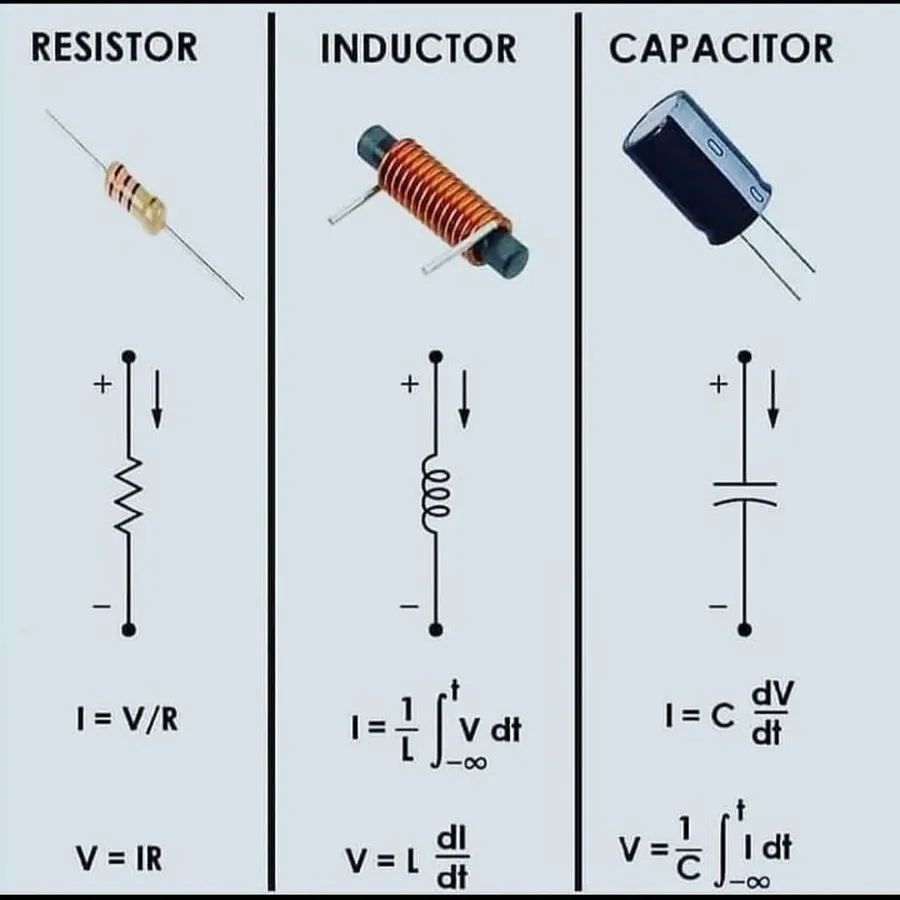
Mastering parametric search filters is crucial for efficiently locating electronic components. These filters allow engineers to narrow down vast component databases based on specific technical specifications, significantly reducing search time and improving the accuracy of component selection. By understanding how to utilize these filters, you can quickly pinpoint the exact parts required for your designs.
Parametric search filters are indispensable tools that enable users to refine searches based on a component's characteristics. They move beyond simple keyword searches by using precise numerical values, categorical selections, and manufacturer specifications to filter through massive databases. This systematic approach is essential for precision in component sourcing.
- Understanding Key Filter Categories
Parametric search filters typically include categories such as Electrical Characteristics (voltage, current, resistance), Physical Dimensions (package type, size), Material Properties, Environmental Ratings, and Manufacturer. The optimal use of these categories depends on the component being sought. - Starting with Broad Filters
Begin with broad filter categories to narrow down the overall search scope and then apply more specific filters to target a particular component. Avoid over-filtering too early, as this may cause desired components to be excluded. - Applying Numerical Ranges
When searching using electrical characteristics or physical dimensions, use filters that allow for a range (i.e. resistance between 10k and 20k ohms), this approach considers components that are within acceptable values, rather than just exact values. - Using Categorical Filters
Categorical filters such as package type (e.g., SOIC, QFP, DIP), technology (e.g., CMOS, TTL, BJT), and manufacturer can significantly reduce the amount of irrelevant results. Careful use of these filters is essential for optimizing the search process. - Exclusion Filters
Many parametric search engines also offer the option to exclude certain attributes, which is helpful when you know what you don't want. This approach can be faster than sifting through hundreds of search results that are close, but not within acceptable parameters. - Saving Filter Settings
For frequently needed searches, many platforms allow you to save filter sets. This can be helpful in saving you time when searching for components that have similar parameters. - Iterative Filtering
Filtering is often an iterative process, as it is likely that the initial results will need further refinement. The key is to continually refine search parameters until the optimal set of components is found. This may also entail re-examining earlier filter choices to ensure all relevant items are being considered.
By effectively utilizing parametric search filters, engineers can dramatically reduce the time spent searching for components and ensure they select parts that precisely match their design requirements. This precision is crucial for the success and performance of any electronic project.
Utilizing AI-Powered Search and Natural Language Processing

Artificial intelligence (AI) and natural language processing (NLP) are transforming electronic component search, enabling engineers to find parts more efficiently through intuitive, conversational queries rather than relying solely on precise parametric inputs. This allows for a more fluid search experience, reducing the cognitive load and time spent searching.
Key advancements in AI and NLP integration include:
- Semantic Understanding
AI algorithms can understand the context and intent behind search queries, even if the terminology is not exact. For example, a search for 'small, low-power op-amp' will return relevant results, unlike traditional keyword searches that might miss variations in phrasing. - Natural Language Queries
Engineers can use everyday language to describe the components they need, making the search process more intuitive and accessible. This eliminates the need to memorize specific part numbers or technical parameters. - Intelligent Filtering
AI algorithms learn from user interactions and can predict and filter results based on historical searches and preferences. This ensures the most relevant components are presented first, significantly improving the speed and accuracy of the search. - Image-Based Search
Some advanced systems now support image-based search, where users can upload a picture of a component, and the AI will identify the part, streamlining the process for legacy components or parts with obscured labels.
Finding CAD Models and Symbols for PCB Design
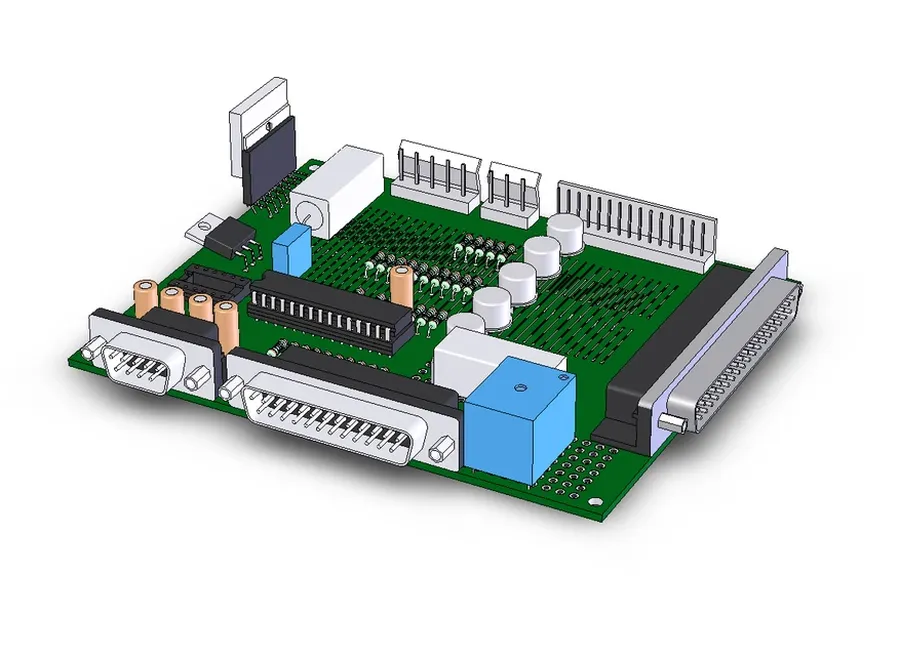
Component search engines have become indispensable tools for PCB designers, offering direct access to CAD models and symbols, significantly accelerating the design process. These resources, typically including PCB footprints, schematic symbols, and 3D models, ensure accuracy and reduce design time by enabling designers to directly import components into their CAD software.
The integration of CAD models into component search engines directly addresses several pain points for engineers. Previously, sourcing these models from disparate sources, creating them manually, or ensuring compatibility consumed a significant portion of the design process. By centralizing this information, engineers can focus on design innovation rather than mundane, time-consuming tasks.
- PCB Footprints
These are 2D representations of the physical pads on a PCB where the component will be soldered. Accurate footprints ensure proper component placement and solderability. - Schematic Symbols
These graphical representations of components are used in schematic diagrams. Correct symbols are essential for a clear and accurate representation of the circuit. - 3D Models
These provide a realistic 3D representation of the component, crucial for mechanical fit checks and design visualization. They help in identifying potential clashes or interference.
Many component search engines also provide format compatibility for several common PCB design software packages. This facilitates a smoother workflow and reduces manual manipulation of the data. By using these CAD models and symbols from reputable sources, designers can also mitigate the risks of encountering errors that may arise from using inaccurately created or unreliable data.
Frequently Asked Questions About Component Search Engines
This section addresses common inquiries regarding component search engines, providing clear and concise answers to assist users in making informed decisions about component selection and workflow optimization.
- What is a component search engine?
A component search engine is a specialized search tool designed to locate electronic components. It indexes vast databases of parts, allowing users to filter by various specifications, access datasheets, and compare pricing from multiple distributors. These engines are critical for engineers and designers to source the correct components efficiently. - What are the core components of a search engine?
At a fundamental level, a search engine comprises three key components: a web crawler (or spider) for collecting and indexing data, an indexing system for storing and organizing this data, and a search algorithm that retrieves relevant results based on user queries. For a component search engine, the crawler scans distributor websites, the index stores component specifications and availability, and the algorithm matches user input with specific components. - What is Octopart?
Octopart is a leading component search engine and data platform that aggregates information from numerous component distributors and manufacturers. It offers a wide range of tools for parametric searches, cross-referencing, pricing comparisons, and BOM (Bill of Materials) management. Octopart is widely used by engineers to quickly source electronic components. - How can I effectively find a specific electronic component?
Finding a specific electronic component involves utilizing parametric search filters to narrow results based on criteria such as voltage, current, package type, and manufacturer. Starting with the most critical parameters and progressively refining the search is the most effective way to find the exact component. Additionally, using keywords that describe the component's function can provide a better match. - Can I find CAD models and symbols using these search engines?
Many component search engines provide access to CAD models, such as PCB footprints, schematic symbols, and 3D models, directly from the search results, often linking to resources such as SnapEDA or Ultra Librarian. This feature is invaluable for PCB designers, significantly speeding up the design process and allowing them to import the component models directly into their design software. - What are the benefits of using a component search engine?
Utilizing a component search engine offers numerous advantages including, saving time in the component selection process, finding the right component by comparing the availability and pricing of the same component, accessing detailed component specifications and datasheets, reducing design cycle time, and reducing the risk of sourcing counterfeit parts. - What should I do if the component I am looking for is out of stock?
If a component is out of stock, component search engines can help you explore alternative suppliers or suggest direct replacements. Check lead times from different distributors, or use cross-referencing tools to find similar components that are in stock and meet your design requirements.
Sourcing and Purchasing Components: Best Practices
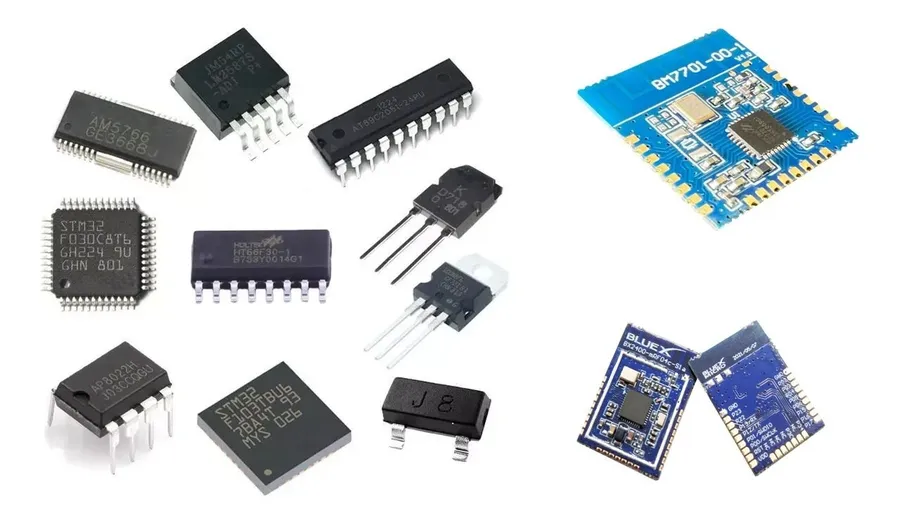
Efficient sourcing and purchasing of electronic components are crucial for successful product development and manufacturing. Leveraging component search engine results effectively involves identifying authorized distributors, mitigating the risk of counterfeit parts, and ensuring a smooth procurement process.
- Identifying Authorized Distributors
Prioritize purchasing components from authorized distributors listed on reputable component search engines. These distributors have direct relationships with manufacturers, ensuring authenticity and traceability. Cross-reference distributor lists with manufacturer websites to confirm their authorization. - Verifying Component Authenticity
Thoroughly examine product markings, packaging, and datasheets upon receipt. Compare them to official manufacturer specifications. If there are inconsistencies, the components might be counterfeit. Perform functional tests on critical parts. Use third-party services to verify component authenticity for high-risk parts. - Managing Lead Times and Inventory
Monitor lead times for components that may be in short supply. Utilize real-time inventory data provided by component search engines to plan your production schedule. Consider setting up buffer stocks of critical components to prevent disruptions. Negotiate long-term supply agreements with trusted distributors for high-volume parts. - Requesting Quotes and Comparing Prices
Use multiple component search engines to compare prices from different distributors. Pay attention to pricing variations based on quantity and delivery schedule. Request quotes and negotiate with distributors to get the best possible pricing and terms. Balance price considerations with authenticity and reliability concerns. - Leveraging Component Search Engine Features for Purchase
Utilize features such as distributor inventory, real-time price information, and order history when purchasing electronic parts. Check for manufacturer part number details, packaging options, and ensure that the component meets the specification in datasheets. Use the search engine's filters to select distributors with better product quality and service feedback.
| Best Practice | Description | Benefits |
|---|---|---|
| Authorized Distributor Verification | Cross-check distributors listed on search engines with manufacturer websites. | Ensures component authenticity, reduces risk of counterfeits. |
| Component Inspection | Thoroughly examine received components for packaging, markings, and datasheet conformity. | Helps identify and reject counterfeit components. |
| Lead Time Monitoring | Track lead times, order components promptly to avoid production delays. | Maintains a smooth and timely production schedule. |
| Price Comparison | Utilize search engines to compare prices from multiple distributors. | Ensures cost-effectiveness while balancing other quality and risk parameters. |
Future Trends in Electronic Component Search Technology
The landscape of electronic component search is rapidly evolving, driven by advancements in artificial intelligence, machine learning, and data analytics. These emerging trends are set to significantly enhance the efficiency, accuracy, and user experience of component discovery and procurement.
- AI-Powered Predictive Search
Future search engines will utilize AI to predict user intent and suggest components based on past searches, design contexts, and emerging trends. This will reduce search time and increase the likelihood of finding the ideal part. - Enhanced Semantic Search Capabilities
Moving beyond keyword matching, search engines will increasingly understand the semantic meaning of queries. This will enable engineers to use more natural language when searching for components, resulting in more precise and relevant results. - Digital Twins and Component Simulations
The concept of digital twins will extend to electronic components, allowing users to simulate the behavior and performance of parts in their designs before physical prototyping. This will minimize risks and speed up the design cycle. - Integration with Design Tools
Search engines will be more tightly integrated with PCB design tools, enabling engineers to directly import component data, CAD models, and specifications into their CAD environment. This seamless integration will streamline the design process and reduce the potential for errors. - Supply Chain Transparency and Risk Assessment
Future search platforms will provide detailed supply chain information, including lead times, availability, and potential risks, empowering engineers to proactively manage sourcing risks. - Real-Time Pricing and Availability Prediction
Machine learning models will predict price changes and inventory levels with higher accuracy, ensuring that engineers have access to up-to-date information when making purchasing decisions. - Improved Data Aggregation and Standardization
Standardization efforts and improved data aggregation techniques will lead to more consistent component data and allow for more accurate comparison between components across multiple manufacturers and suppliers.
Component search engines are indispensable tools for modern electronics design and manufacturing. By leveraging their advanced features and understanding their core functionalities, engineers, designers, and hobbyists can significantly enhance their workflow and bring innovative products to market faster. As these platforms continue to evolve with AI and natural language processing, they will become even more crucial for staying ahead in the tech industry, enabling more efficient and informed decision making in component selection and project execution.
 AnyPCBA
AnyPCBA